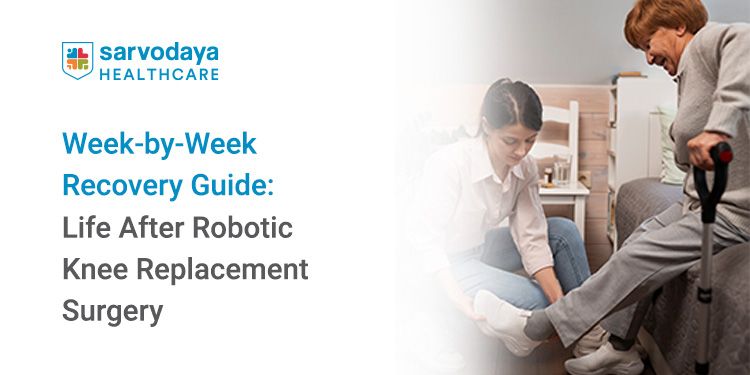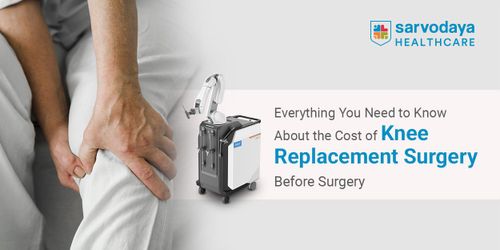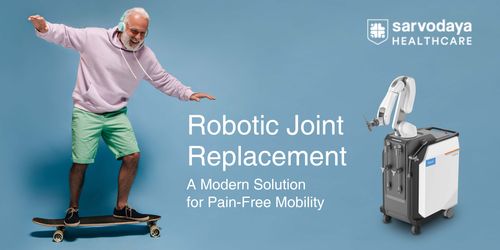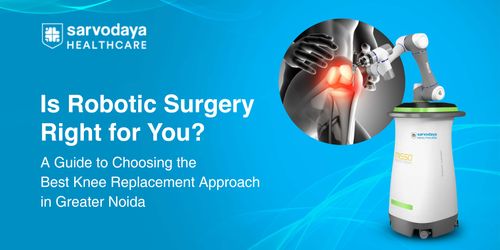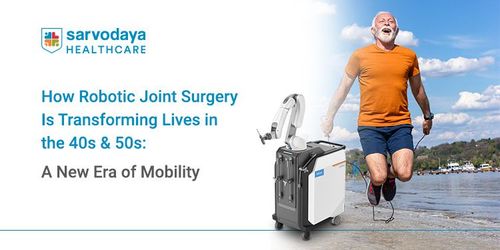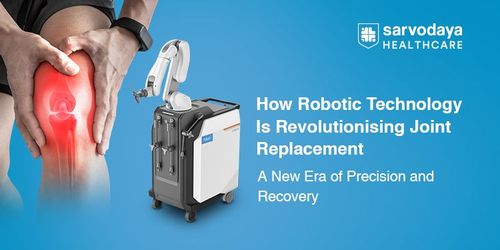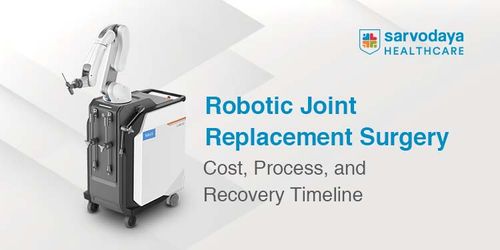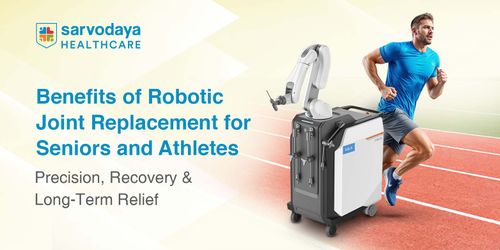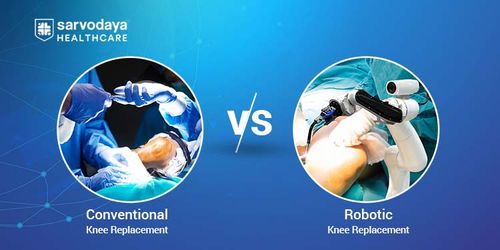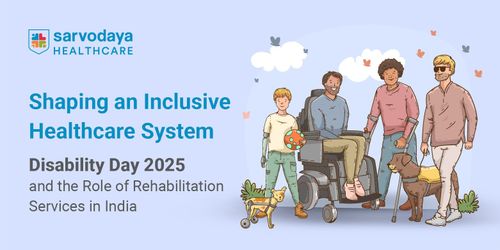Robotic knee replacement is a remarkable advancement in modern orthopaedic surgery. It combines surgical expertise with robotic precision to deliver highly accurate outcomes in joint alignment and implant positioning. This has led to improved comfort, quicker recovery, and better long-term mobility for patients.
In this blog, we explore what life after knee surgery looks like in the weeks following a robotic joint replacement surgery.
Understanding Robotic Joint Replacement Surgery
Robotic joint replacement surgery utilises computer-assisted planning and robotic arms to assist the surgeon in precisely placing implants. It is most commonly used in knee and hip replacements and is particularly beneficial in ensuring better joint movement and longevity of the implant.
This advanced approach reduces trauma to the surrounding tissues, lowers the risk of surgical errors, and shortens hospital stays. Patients undergoing robotic joint replacement surgery tend to experience less pain and a quicker recovery, allowing for a faster return to daily life.
First Week: Hospital Stay and Immediate Recovery
The first week after robotic joint replacement surgery is primarily focused on pain management, wound care, and getting the patient up and moving. Patients usually stay in the hospital for about 3 to 5 days, depending on their health and rate of recovery.
Here is what typically happens during the first week:
- Pain and swelling are controlled using prescribed medications and cold therapy.
- Basic movements such as standing and walking a few steps are encouraged with the help of physiotherapists.
- Wound care is managed by medical staff to prevent infection.
- Breathing exercises and circulation checks are done to reduce the risk of blood clots.
Choosing the best robotic joint replacement hospital in Noida ensures that these critical first days are supervised by experienced orthopaedic teams using the latest technology and recovery protocols.
Week 2 to Week 4: Early Home Recovery
After discharge, the focus shifts to post-knee replacement care at home. This stage is vital, as the foundation of healing is laid during this period.
During this phase, here’s what you can expect:
- Walking aids like a walker or cane may still be required.
- Swelling and bruising continue to reduce, although some discomfort may persist.
- At-home physiotherapy or gentle exercises should be followed diligently to improve mobility.
- Daily activities like sitting, standing, and short walks can be resumed cautiously.
- Emotional adjustment is normal; some patients may feel frustrated or anxious during the healing period.
Week 5 to Week 8: Regaining Independence
By the fifth week, most patients begin noticing a significant improvement in strength and movement.
At this stage, recovery may include:
- A gradual reduction in the use of walking aids: Some patients start walking unaided for short distances.
- Improved balance and coordination: Makes it safer to navigate stairs or uneven surfaces.
- Light household activities: Like dusting, cooking, or folding laundry, can be resumed.
- Return to driving: Depends on the surgeon’s advice and strength in the operated leg.
- Ongoing physiotherapy: Continues with increased focus on muscle strengthening and flexibility.
Staying in contact with your robotic joint replacement surgeon in Noida helps monitor progress and make necessary adjustments in your rehabilitation routine.
Week 9 to Week 12: Building Strength and Confidence
During this period, patients usually reach a more advanced phase of their robotic joint recovery. Strength and confidence return steadily, and the knee feels more stable during movement.
This stage typically includes:
- Walking for longer distances: Sometimes even outdoors without any support.
- Stair climbing: Becomes more fluid and less tiring.
- Strength training exercises: Introduced to rebuild muscle around the joint.
- Engaging in low-impact recreational activities: Like swimming, cycling, or light yoga.
- Greater focus on posture and balance: Prevents strain on the new joint.
Beyond 3 Months: Long-Term Progress and Lifestyle
After 12 weeks, most patients have adapted well to their new joint and are ready to embrace daily routines with renewed confidence. However, continued care and a healthy lifestyle are essential to ensure lasting success in life after knee surgery.
You should focus on the following for long-term recovery:
- A full return to daily activities: Such as walking, shopping, and occasional travel, becomes possible.
- Resuming hobbies: Like dancing, gardening, or golfing may be safe with your doctor’s approval.
- Maintaining a healthy weight: Helps avoid excess strain on the replaced joint.
- Consistent home exercises: They should be continued to retain muscle tone and flexibility.
- Annual check-ups: With your surgeon, ensure the implant is functioning correctly.
Those recovering under structured follow-up care in a robotic joint replacement hospital in Delhi NCR benefit greatly from continuous monitoring and advanced rehabilitation plans that reduce the risks of complications.
Robotic Knee Replacement Recovery Timeline Overview
For those looking for a quick summary of what to expect during recovery, here is a week-by-week view of the robotic knee replacement recovery timeline:
- Week 1: Hospital stay with supervised physiotherapy and pain management.
- Weeks 2–4: Basic movements at home, swelling reduces, light walking resumes.
- Weeks 5–8: Improved strength and mobility; walking aids slowly phased out.
- Weeks 9–12: Full weight-bearing, low-impact exercises, and independent mobility.
- Beyond 3 Months: Resumption of normal life, physical confidence returns, continued joint care.
Conclusion
Recovering from a robotic knee replacement is a structured and gradual journey. The precision of robotic joint replacement surgery makes the healing process smoother and more reliable, offering a transformative outcome for those suffering from severe joint damage.
At Sarvodaya Hospital, Faridabad, expert care and state-of-the-art robotic systems come together to deliver outstanding results in joint replacement. Whether you need a personalised robotic knee replacement recovery timeline, guidance on rehabilitation, or ongoing support, their dedicated team ensures that every patient receives the highest standard of care. A preventive consultation at Sarvodaya can also help assess your joint health early, potentially avoiding surgery or preparing you for the best possible outcome.
With proper planning, commitment, and support from the right medical professionals, your robotic joint recovery journey can lead to a fuller and more active life.

